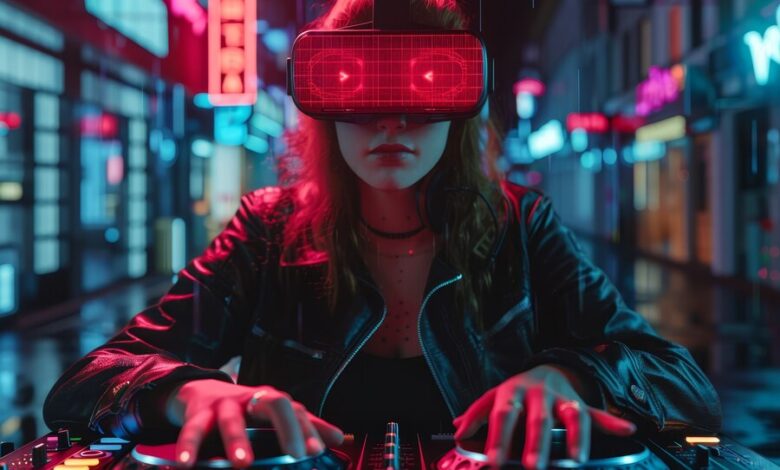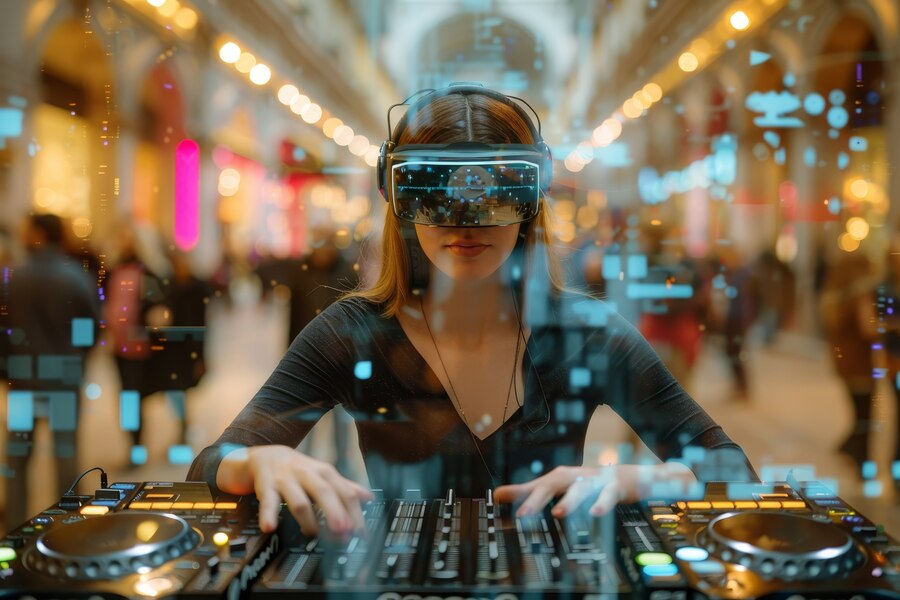Deepfake Maker: Revolutionizing the Entertainment Industry

Introduction to Deepfake Technology
In recent years, the term “deepfake” has entered the mainstream, raising eyebrows and stirring conversations across various industries. But what exactly are deepfakes? Originating from the combination of “deep learning” and “fake,” deepfakes are synthesized media where a person in an existing image or video is replaced with someone else’s likeness. This groundbreaking technology, born from advancements in artificial intelligence and machine learning, has evolved rapidly, finding a significant foothold in the entertainment sector.
The Impact of Deepfakes on the Entertainment Industry
Movies and TV Shows
Gone are the days when CGI and prosthetics were the pinnacle of visual effects. Today, deepfakes are making waves in Hollywood. Films and TV shows use deepfake technology to de-age actors, resurrect long-deceased performers, and even create entirely new characters.
Example:
- One notable example is the use of deepfake technology in the Star Wars franchise, where young versions of classic characters have been recreated to stunning effect.
Social Media
On social media platforms, deepfakes are becoming a tool for creativity and satire. From humorous videos to awe-inspiring transformations, content creators are leveraging this technology to capture audience attention and create viral content.
Example:
- The popular “deepfake Tom Cruise” videos on TikTok showcase the potential (and the uncanny realism) of this technology, drawing millions of views and sparking widespread discussion.
The Process of Creating Deepfakes
Creating a deepfake might seem like a task reserved for tech wizards, but it’s increasingly accessible to the general public. Here’s a simplified breakdown of the process:
Gathering Data
The first step involves collecting a significant amount of data in the form of images and videos of the person to be “deepfaked.” More data yields better results.
Training the Model
Using sophisticated AI algorithms and neural networks, the gathered data is fed into a model that learns to mimic the person’s facial expressions, movements, and voice. This training phase is computationally intensive and requires powerful hardware.
Generating the Deepfake
Once the model is trained, it can generate a deepfake by overlaying the learned traits onto another person’s body in a target video. Various software tools make this possible, such as DeepFaceLab, FaceSwap, and commercial applications like Reface.

Accessibility
While creating high-quality deepfakes traditionally required advanced technical knowledge, nowadays, user-friendly apps and software have made this technology more accessible. However, it’s crucial to use these tools responsibly.
Ethical and Legal Implications
The rise of deepfake technology isn’t without controversy. Here are some of the ethical and legal considerations:
Privacy Concerns
Deepfakes can be used to create misleading and harmful content, raising significant privacy concerns. Unauthorized use of someone’s likeness can lead to personal and professional damage.
Potential Misuse
Beyond entertainment, deepfakes pose risks in areas like politics, where they can be used to spread misinformation and manipulate public opinion. This potential misuse has led to calls for stricter regulations.
Current Regulations
Governments and organizations are grappling with how to regulate deepfakes. Some regions have introduced laws to criminalize malicious deepfakes, but the rapidly evolving nature of the technology makes comprehensive regulation challenging.
The Future of Deepfake Technology
Opportunities
Despite the controversies, deepfakes hold tremendous potential for the future of entertainment. They could revolutionize personalized content, allowing fans to see themselves in their favorite movies or interact with lifelike digital recreations of historical figures.
Challenges
However, to harness these opportunities, the industry must address the ethical and legal challenges. This includes establishing clear guidelines for responsible use and investing in technologies to detect and counteract malicious deepfakes.
Conclusion
Deepfakes are undeniably transforming the entertainment industry, offering new ways to create and experience content. While the technology presents ethical and legal challenges, it also opens up exciting possibilities for the future. By understanding and addressing these challenges, we can ensure that deepfakes are used responsibly and creatively.
Call to Action
We want to hear from you! Share your views, experiences, and projects related to deepfakes in the comments below. Don’t forget to subscribe to our newsletter for more insightful content on the latest trends in the entertainment industry.



